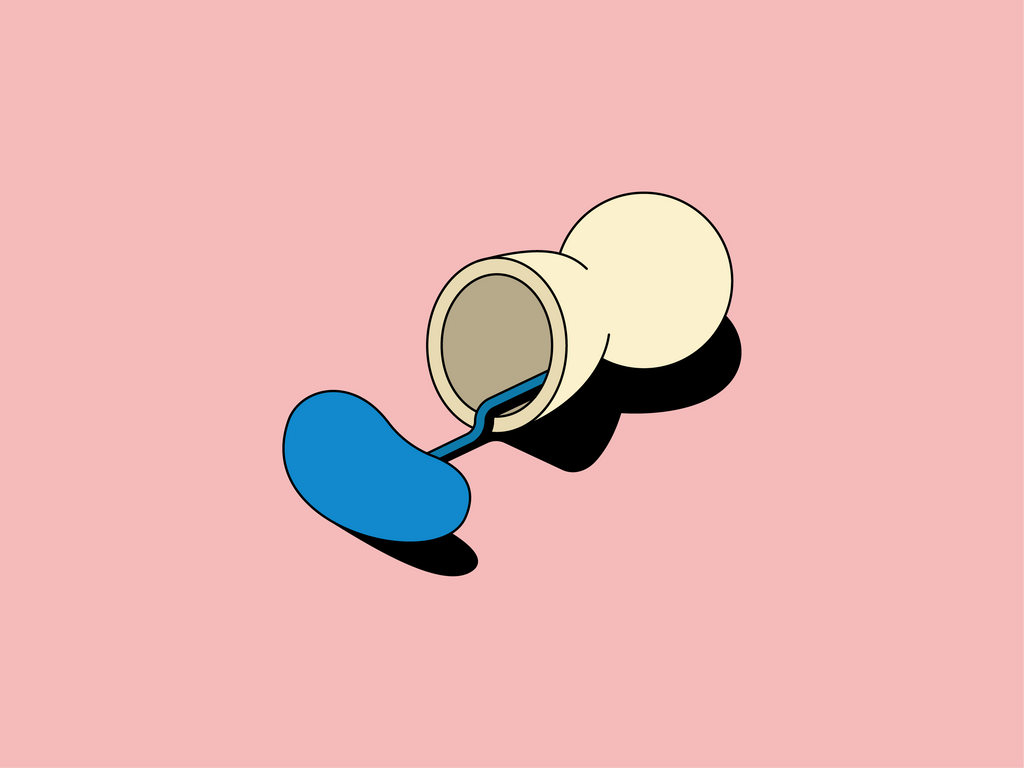Everything You Should Know About Placentas
- Share this article Copy to clipboard

The average person knows one fast fact about placentas: some people eat them. Outside of this, most of us are pretty in the dark. Like many things that are directly or indirectly related to vaginas, the placenta was disregarded by doctors for a looong time. If you’ve never seen one, a placenta is a temporary internal organ that’s filled with fluid and veins, and it looks kind of like ground beef (consult Google Images with caution). Looks aside, the placenta plays a crucial role in helping a fetus develop, and in making a pregnancy run smoothly for the carrier, too.
In spite of the fact that all of its work is done during a pregnancy, the placenta has historically been studied *after* delivery. Today, places like the Human Placenta Project are working to study it in real-time, and learn more about how it contributes to or prevents conditions like preterm birth, pre-eclampsia, and gestational diabetes. There is still so much we *don’t* know about this mystery organ, but here’s what we can say with scientific conviction:
the placenta has a big job
In the first month of a pregnancy, the placenta starts to form between the blastocyte (the fertilized egg) and the uterine wall. From day one, its responsibilities also start to grow, and eventually include everything from removing waste to supplying the fetus with oxygen and nutrients. There’s also evidence that the placenta even influences the brain of the person carrying the fetus, so that they can adapt to changes in their environment throughout pregnancy — all to up the odds of a successful birth.
...and its influence might extend beyond pregnancy
As if they aren’t busy enough, it’s possible that placentas have a microbiome, which would mean they help shape the foundation of a person’s immune system before birth — but it’s all still up for debate. If that is true, it would mean that knowing more about a placenta could help predict health outcomes years and decades after birth.
you probably shouldn’t eat yours
Whether it’s added to a smoothie or turned into a pill, eating your own placenta is called placentophagy, and many OB/GYNs have warned against this trending practice for a long time. Despite what you may read about placentophagy’s ability to prevent postpartum depression, increase energy, or help with lactation, the truth is that there’s no consistent historical precedent for eating a placenta — whether it belongs to you or somebody else. In fact, if you *do* eat a placenta, you may put yourself (and anything you’re breastfeeding) at potential risk for a host of viral or bacterial infections. Plus, ingesting a placenta, which contains hormones and all kinds of harmful substances that it filters away from the fetus, can actually have unwanted effects like drying up your milk supply.
not all placentas are the same
Placentas have genes that are species-specific. For that reason, there are a lot of conflicting opinions about whether research conducted on other mammals (read: most existing research about placentas) is even relevant at all to how a placenta functions during a human pregnancy. Plus, reproductive systems and pregnancy are different across species, too. For example, some mammals like rabbits do eat their own placentas (and some don’t!), and most mammals don’t have menstrual cycles like humans do. If you’re still interested in eating your placenta, just make sure you have a thorough chat with a medical professional before doing so.
How much did you know about placentas before reading this? Anything we didn’t cover? Share in the comments!


